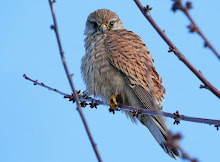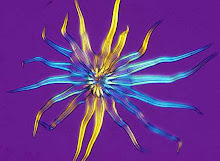Every year, this ambitious wild flower appears somewhere new
in our garden. The particular form that grows here is subspecies bulbifera,
which reproduces via detachable buds called bulbils, about the size of a
rice grain, that form in leaf stalk bases. By early summer the celandines will
have withered, leaving these propagules on the soil surface, dormant until
spring. Then they quickly produce deep roots and new leaves and, where there was
one plant, there will be many cloned copies of their parent.
Lifting them reveals the haemorrhoid-shaped underground
tubers which, in accordance with the ancient doctrine of signatures indicated
its medicinal virtues and conferred its apothecary’s name, pilewort. “Bathed
with the juice mixed with wine or with the sick man’s urine, [piles] are drawn
together and dried up, and the pain quite taken away,” wrote John Gerard ,
the The Herbal in 1597..
For years, I’ve inadvertently transported bulbils around in
mud on my boots. To a pernickety gardener, this proliferation of pilewort might
seem a pain in the bum, but my aching back knows that there’s now no hope of
digging it all out; nor would I want to. I like the idea of its starry yellow
flowers blooming in my footsteps, providing pollen and nectar for tawny mining
bees, bee flies and the first butterflies emerging from hibernation in spring.
























No comments:
Post a Comment
Note: Only a member of this blog may post a comment.